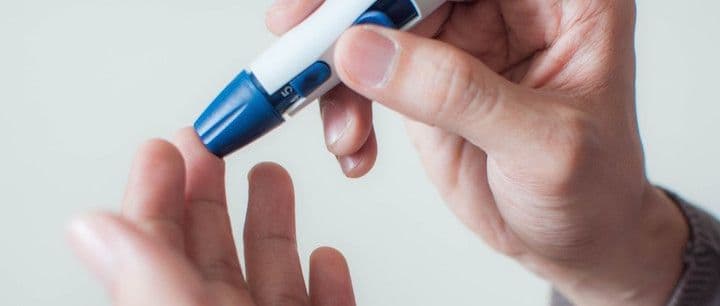Can Glycemic Index Help with Gestational Diabetes?
Food and Nutrition
Obie Editorial Team

What is the Glycemic Index (GI)?
You may have heard that eating foods lower on the Glycemic Index (GI) is healthy, but what does glycemic index really mean? What foods are low and high on the glycemic index?
The Glycemic Index is a ranking system designed to determine which carbohydrate-containing foods are more rapidly absorbed in the body and which are more slowly digested and absorbed.
Examples of carbohydrate-containing foods include: grain products (bread, pasta and cereals), some dairy products (including milk and yogurt), fruits, starchy vegetables and legumes (including potatoes, peas, corn and beans). Those that are more rapidly absorbed, such as baked goods, white bread, rice and juice will raise blood sugar levels more quickly; those that are more slowly absorbed, such as most whole fruits, beans, and whole grains including oats and barley will produce a gradual rise in blood sugar levels, which is beneficial to health.
This GI system may be especially helpful for people women with gestational diabetes (GDM), as it focuses on how different foods affect the rise in blood sugar and insulin response, though we must remember to take this and all other diet plans with a grain of salt when it comes to making food and eating decision.
Healthy vs. nonhealthy low GI foods
The catch is that even though the carbohydrates in a particular food may be more slowly absorbed than those in another food, this does not necessarily mean that one is “healthier” than the other. Take a baked potato, for example, which is actually higher on the glycemic index than potato chips. Most people recognize that the high fat, salty potato chips are not better for one’s health than the potassium and vitamin C-rich, virtually fat-free potato. The lower GI value of the chips is actually due to their fat content, which slows down digestion and carbohydrate absorption into the bloodstream hence creating a slower blood glucose rise when compared to a baked potato, which doesn’t contain fat to slow its absorption. The same goes for ice cream which is also a low GI food, though this does not mean it is a “health” food.
GI looks at foods individually, when in reality there are many factors that can affect how our bodies process and respond to a particular food, including fiber, protein and fat content, how much of the food we eat, how the food is prepared and stored, and other foods that we consume with it. For example, if that high GI potato is made into potato salad tossed with a vinaigrette dressing and kept in the fridge, it will have a much lower GI than freshly baked potatoes. This is because the cold storage increases the potatoes' resistant starch content and the acid in the vinaigrette slow stomach emptying, therefore slowing blood sugar rise.
How to prevent rapid blood sugar spikes
To prevent rapid blood sugar spikes, a meal should be looked at as a whole instead of focusing on the GI of its individual food components. Try to include fiber (especially soluble), protein and healthy fat in each meal. As a result, even if a food is high on the GI, the meal as a whole will create a stable rise in blood sugar. Soluble fiber, found in barley, oats, legumes, and root vegetables (including potatoes!), absorbs water making the contents of the stomach more gelatinous and viscous. This binding nature causes nutrients from foods, including sugars, to be absorbed more slowly into the bloodstream. Protein and fat, as noted above, also slow down digestion which reduces spikes in blood glucose as well.
The recipe for preventing chronic disease and controlling GDM can certainly include the GI, but also needs to be mixed with the assistance of a Registered Dietitian and a dash of common sense.
Read More











